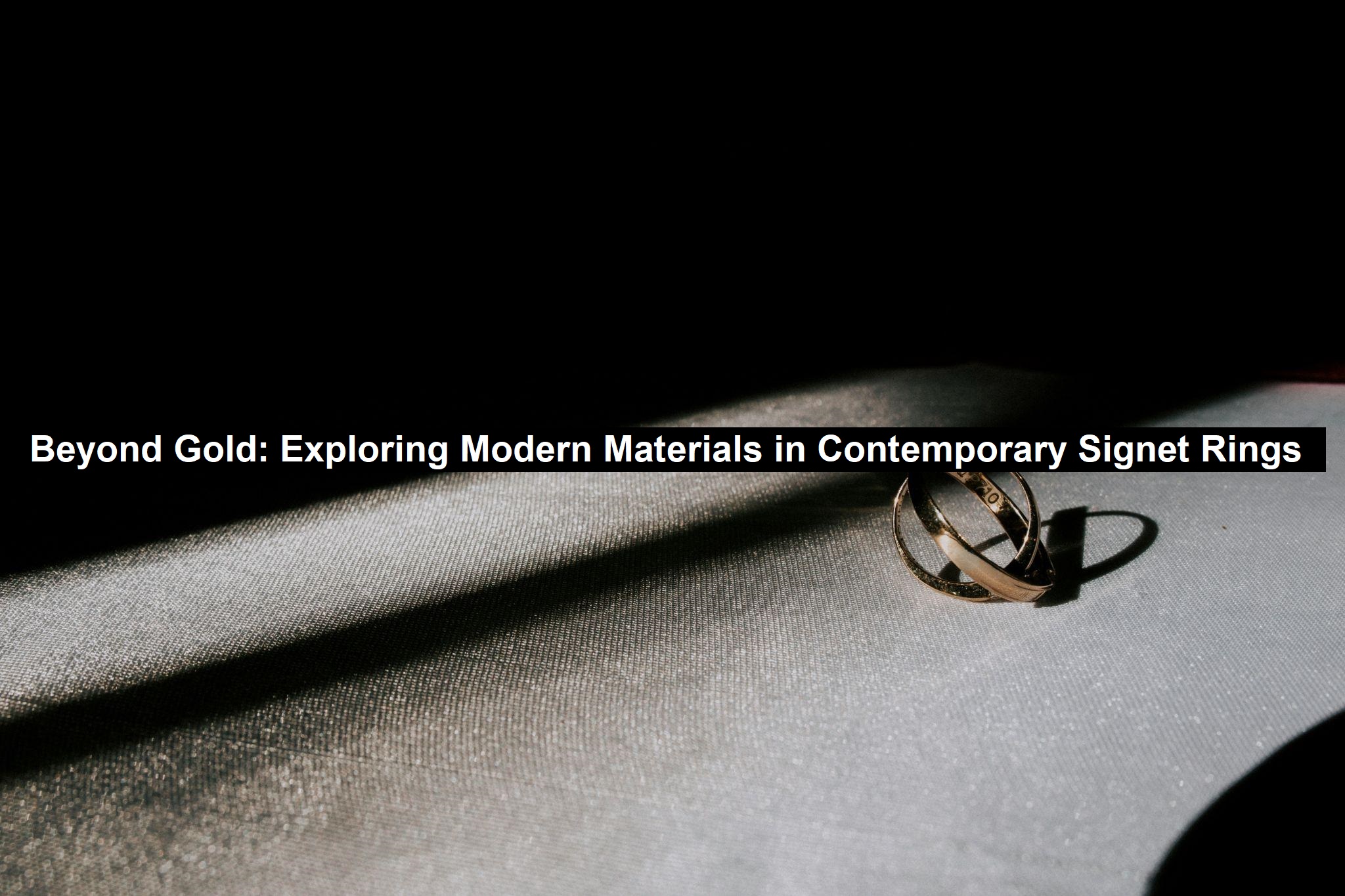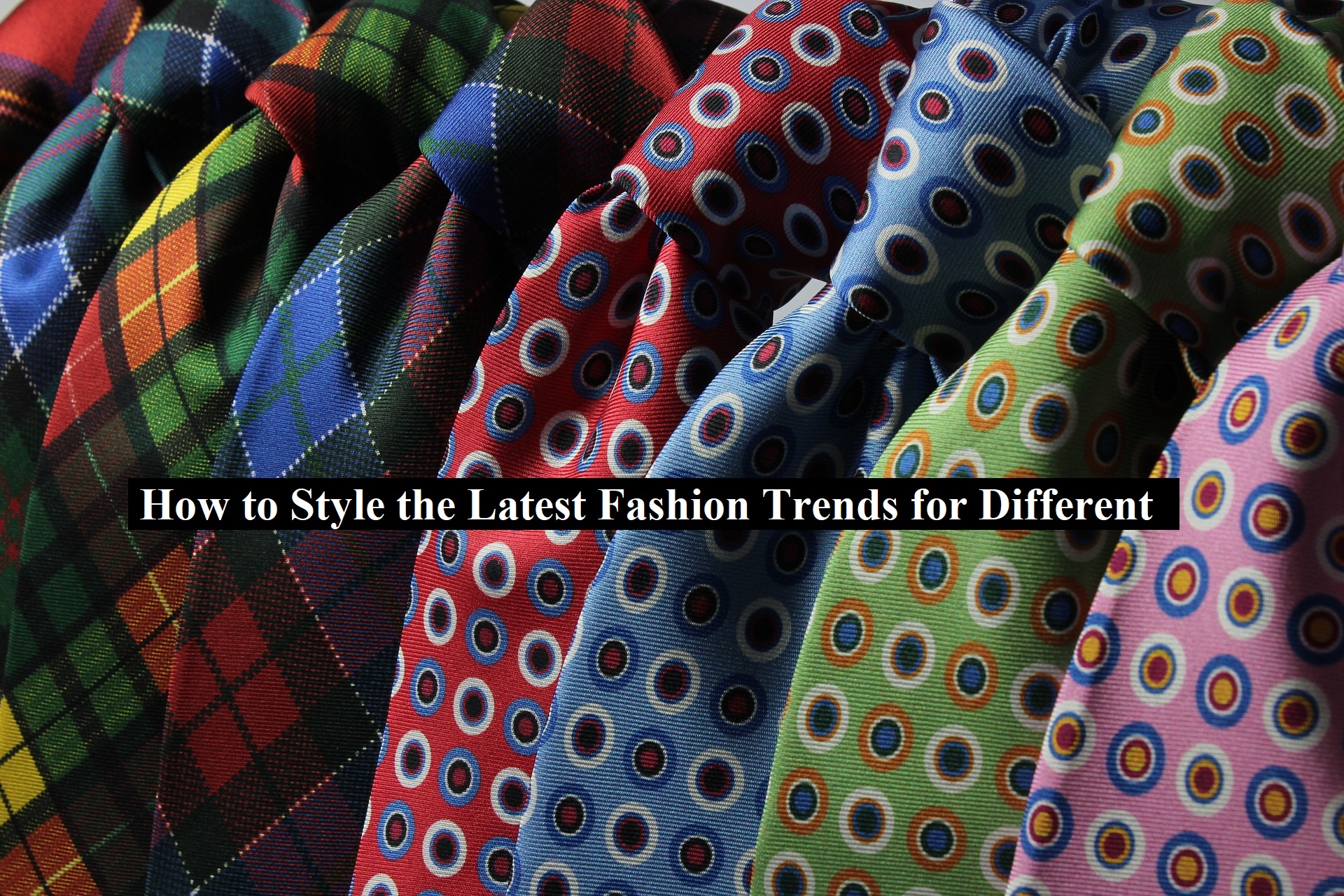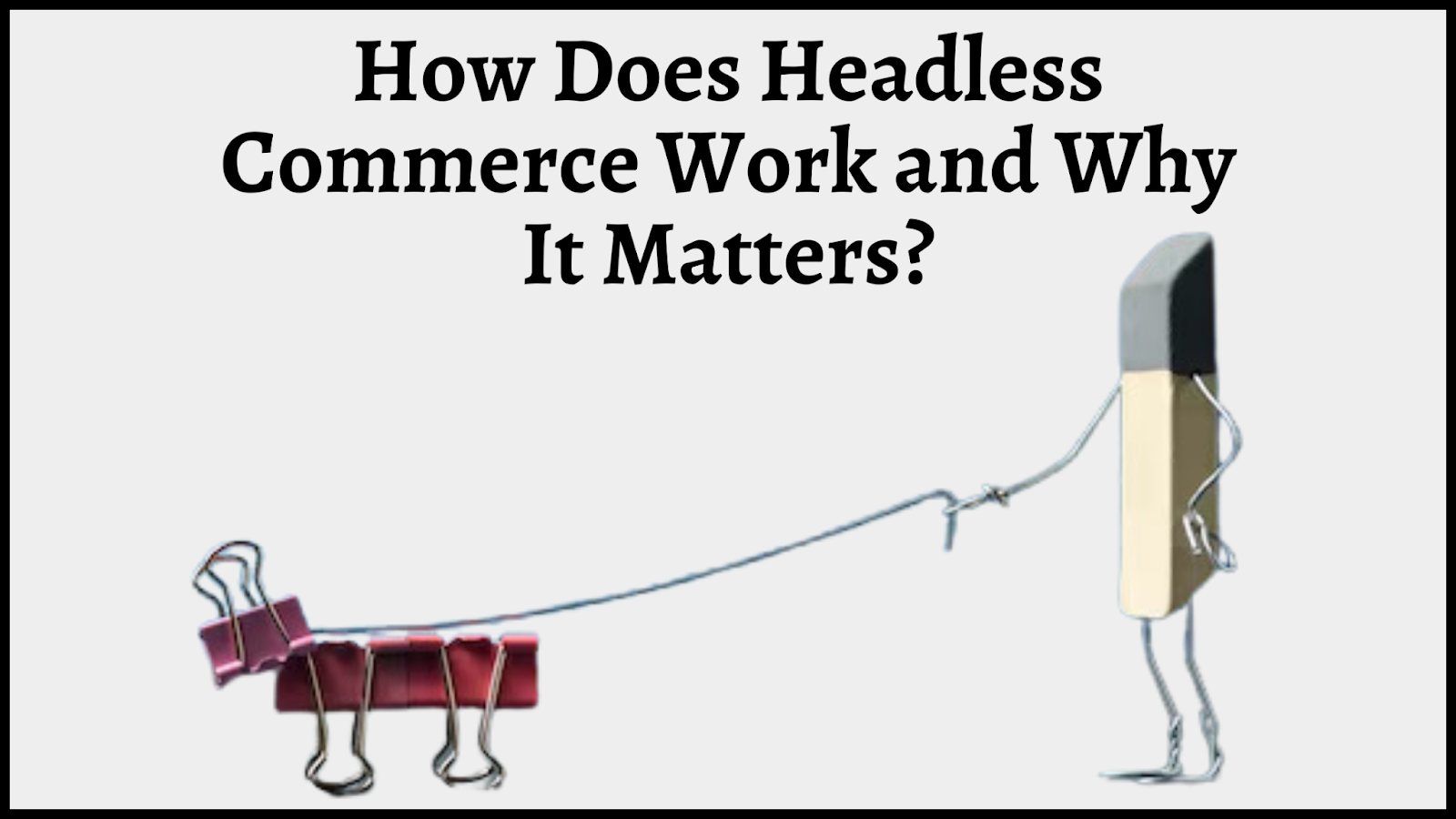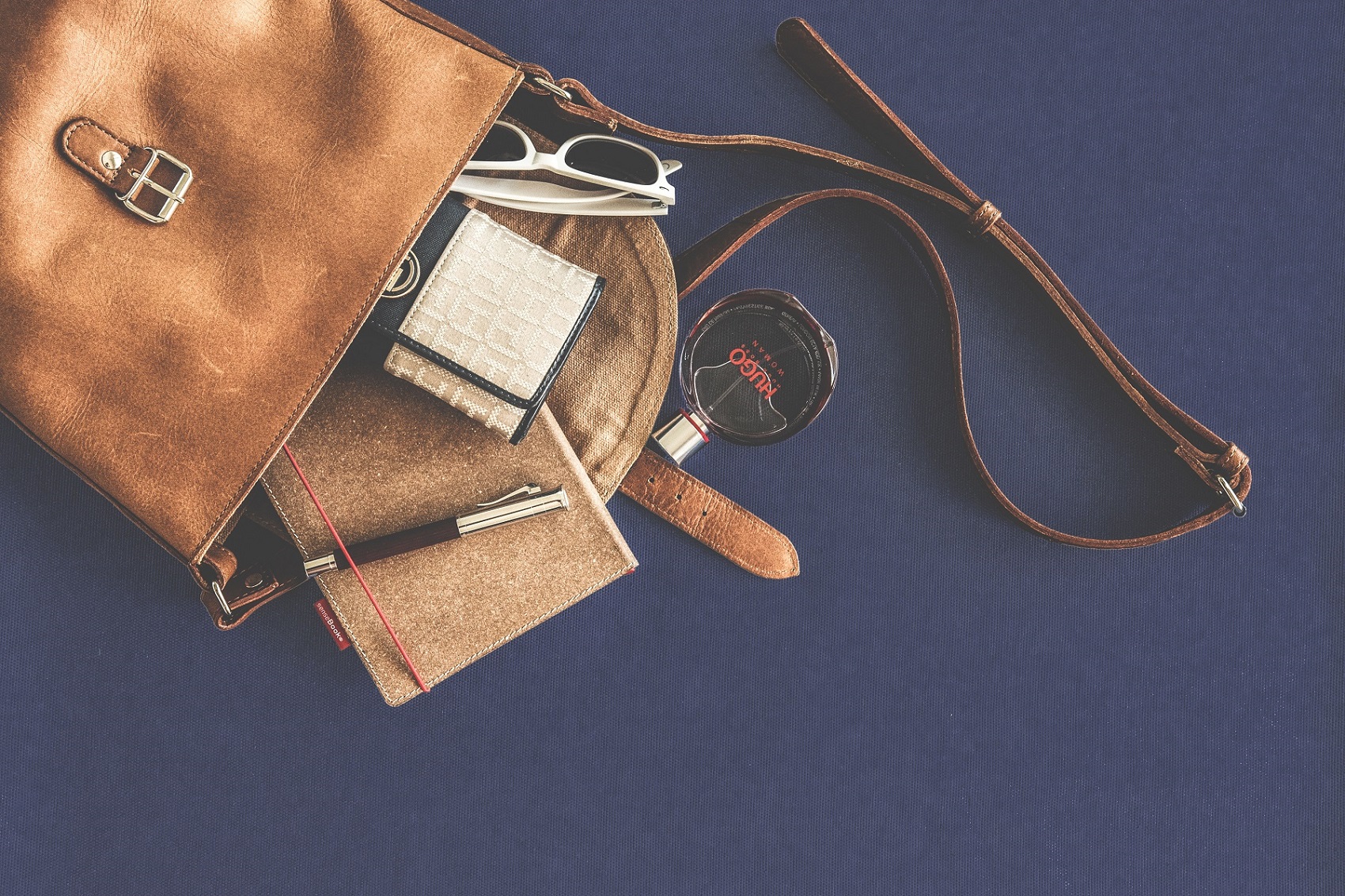Why is the World in Love with Vintage?
We may look to the past for inspiration in markets saturated with cheap, mass-produced clothing. Clothes from a bygone era, whether newly made or secondhand, are referred to as “vintage.”
When an item of clothing reaches the century mark, we can no longer call it “vintage.” With more people able to see and acquire antiques, their popularity has skyrocketed.
A consumer may be inspired to go vintage shopping after seeing a celebrity wear a piece on the red carpet, watching a show about sorting through secondhand items or reading a blog about shopping at flea markets.
This craving for acquisition is easily satisfied by purchasing, reinforcing the search for vintage in the era of online shopping and neighborhood boutiques.
Then why invest in used items?
There are many facets to the mind behind a vintage purchase. In many cases, the adrenaline of the chase finally pushes people over the edge. While you can find modern clothing and accessories at any shopping mall or on any website, vintage shopping is an adventure like no other. The best part is that this process allows you to learn and discover anything. As for the second, it’s all about feeling a part of the garment’s past. The items from the modern era serve as blank slates for us to record our thoughts, while the items from the past have already been used.
We intend to add to the age and time stamp that has already been made. And third, as my grandmother used to say, “They don’t make stuff the way they used to.” The materials, embellishments, and craftsmanship of vintage items are all high-quality enough to warrant investment. Fourth, in a mass-produced world, you will inevitably see yourself “coming and going.” When you dress in vintage, you know you’re getting something unique you won’t find on the assembly line. Last but not least, our sentimental side may lead us to purchase an item that embodies a bygone era. Hone your time management skills like a vintage clockmaker, building better student habits to relish every moment of learning, old-school style.
Distinguishing Between Vintage, Antique, Retro, and Classic
The question then becomes, what distinguishes the terms “vintage,” “antique,” “classic,” “retro,” and “just plain old”?
Items considered vintage must be at least 20 years old and be symbolic of their period. A white jacket with massive shoulder pads is vintage, but those generic denim shorts from the 1980s? Not so much.
To be categorized appropriately as antique, clothing and other items must be 100 years old.
Items made more than 20 years ago that don’t look or feel dated but are still part of a timeless collection are considered classics. Image vintage automobiles. Because of this, a little black dress from the 1960s would be considered classic rather than vintage (and thus highly desirable even today) unless it had a retro feature (such as a Peter Pan collar) that dated it to that decade.
Vintage also goes by the name repro vintage. Today’s (or the last 20 years) versions of retro clothing and accessories. Therefore, a modern reproduction of a flapper dress from the 1920s is considered retro rather than antique. The term “retro” describes more of a design aesthetic than a specific period. When you wear an item of clothing considered retro, you channel the style of the 1980s.
For instance, a plain white St. Michael men’s shirt is old but does not fall into any of the categories above. Therefore, while it still has some resale value as a used item, it cannot be considered a vintage piece.
They’re great for the environment
Clothing and other items were given a second chance at life through recycling benefits all living things. I know it to be true. The less we spend on brand-new items, the less impact we have on the environment. Because I fear for the future, I feel very strongly about this. It’s a climate emergency, and the planet will soon become uninhabitable unless we drastically alter our lifestyles. As the world falls head over heels for vintage, the impact of fashion shifts from fleeting trends to timeless tales, weaving threads of sustainability, self-expression, and historical whispers into every stitch.
One’s flair can be developed
Instead of worrying about what’s in style, focus on what flatters your figure. Discovering one’s unique style can be fun when you shop at vintage stores. You won’t ever blend in with the crowd.
Your wardrobe will have more staying power
These secondhand garments were built to last, so they will continue to look good for a long time, even after being worn. The concept of “fast fashion” is relatively new. However, it’s a general rule that the quality, fit, and aesthetics of vintage clothing are superior to that of modern clothing.
Your wardrobe tells a tale
I enjoy that, but I know it doesn’t sit well with everyone. So when I buy something, I always look up the label to learn as much as possible about it. A garment’s history, or “provenance” (a fancy word for “story”), can provide hours of entertainment even if its origins are unknown. There’s a feeling of belonging to history and carrying on its traditions. This wardrobe item has been worn. It’s alive and well, spiritually speaking. There are recollections stored in it.
What Do I Need to Know Before I Go Out And Buy Vintage Clothes?
Fake vintage goods are being sold on the market. Your ability to recognize this will improve as you gain work experience.
You are putting together an outfit that features elements from multiple periods. Go for it if you think you can pull it off, but be prepared for some puzzled looks.
It’s hard to get the right size. Compared to today’s sizing standards, vintage garments typically run much more minor. To avoid any disappointment when shopping online, be sure to inquire about size.
Verify the state of affairs. When making an online purchase, make sure you ask any relevant questions. Take pictures of the damage described if possible. Wear and tear is to be expected, but specific issues must be outlined.
What About Vintage and Antique Jewelry?
Here are a couple of reasons why vintage jewelry like Far Fetched Imports and antique jewelry are good choices, too!
There’s the thrill of the hunt
Trying to track down unique pieces of vintage jewelry is half the fun of collecting them. Finding what you’re looking for by knowing where to look. The process of becoming familiar with bygone aesthetics and methods and the history behind them is a rewarding and fascinating one.
One cannot resist its charms
Vintage and antique jewelry has a romantic, otherworldly beauty that is hard to replicate today for those who appreciate and collect it. The delicate shine and old-world techniques are unrivaled by modern design and are often the result of meticulous handiwork by skilled artisans.
It’s a steal at its price!
Because of the lack of value-added tax on antique, vintage, and pre-owned jewelry purchases, you can expect to pay about 20% less than you would for a brand-new, identical piece.
There are no production expenses to add to the selling price, either. So by purchasing pre-owned jewelry, you can save money while still getting your hands on high-quality stones and metals.
Additionally, many antique jewelry stores are privately owned, locally operated establishments that sell from booths, showrooms, or online to avoid high overhead costs. Their jewelry prices usually reflect this fact. You pay a “new” price for contemporary jewelry, just as you would for a brand-new car. As vintage styles resurfaced, so did the timeless appeal of Onion Hair Oil for Hair Growth, promising a return to lush, bohemian locks reminiscent of flower power days. The moment you buy something, its value automatically decreases because it is no longer brand new. In the case of antique and vintage jewelry, the piece has already transitioned from “new” to “old” before you buy it, so the purchase price is unaffected by this change.
Like classic automobiles, the value of antique jewelry will rise and remain stable for as long as it remains a collectible and desirable addition to a jewelry box.
They offer superior quality, too
All but the most delicate pieces of jewelry are cast today. However, jewelry of the antique and vintage eras was typically made by hand or, at the very least, given a human touch in the form of careful hand finishing.
The level of quality and craftsmanship standard in antique jewelry is rarely seen, even in the most expensive bespoke contemporary pieces. A long time ago, jewels were handcrafted by master artisans who painstakingly fashioned one-of-a-kind pieces for wealthy patrons. Therefore, the level of refinement of the craftsmanship often surpasses that of the finest modern jewelry.
Consider it a fashion statement
Anyone can pick a piece of contemporary jewelry from a reputable jewelry store. However, it takes a certain amount of flair to go to great lengths to find a stunning piece of vintage or antique jewelry that you’ve fallen in love with.
It is of high-quality construction
A piece of antique or vintage jewelry that has survived to the present day in pristine condition is likely to last a very long time if it is treated with the care it deserves.
The real deal!
It’s not hard to find jewelry designed to look like it’s from another era, but nothing beats an authentic piece created in its heyday. It’s like hanging a cheap reproduction of a Monet on your wall in place of the original.
It’s more long-lasting
Mining gemstones and precious metals are energy-intensive, making eco-friendly jewelry production challenging. As a result, when investing in vintage and antique jewelry, you’re more of a conservator than a buyer.
There was no such thing as a conflict diamond (or “blood diamond”) before the civil war in Africa broke out in the 1980s. Antique diamond jewelry is untouched by the current unsettling and poorly regulated controversy.
Finally, as most antique or vintage jewelry dealers are solo operations or family-run enterprises, patronizing them is a way to show your support for a local enterprise rather than a faceless multinational.
There’s a plot to it
Jewelry from a bygone era has a special allure, especially if it has a fascinating backstory. When we put on a piece of vintage or antique jewelry, we add a new chapter to its glimmering past.
True originality
There is little chance of finding an exact replica of a piece of antique or vintage jewelry because jewelry was not mass-produced (or even widely available to the masses) until recently. Therefore, it was improbable that the two people would have an exact match.
Many pieces of antique jewelry were made especially for a single wealthy individual by a master jeweler.











